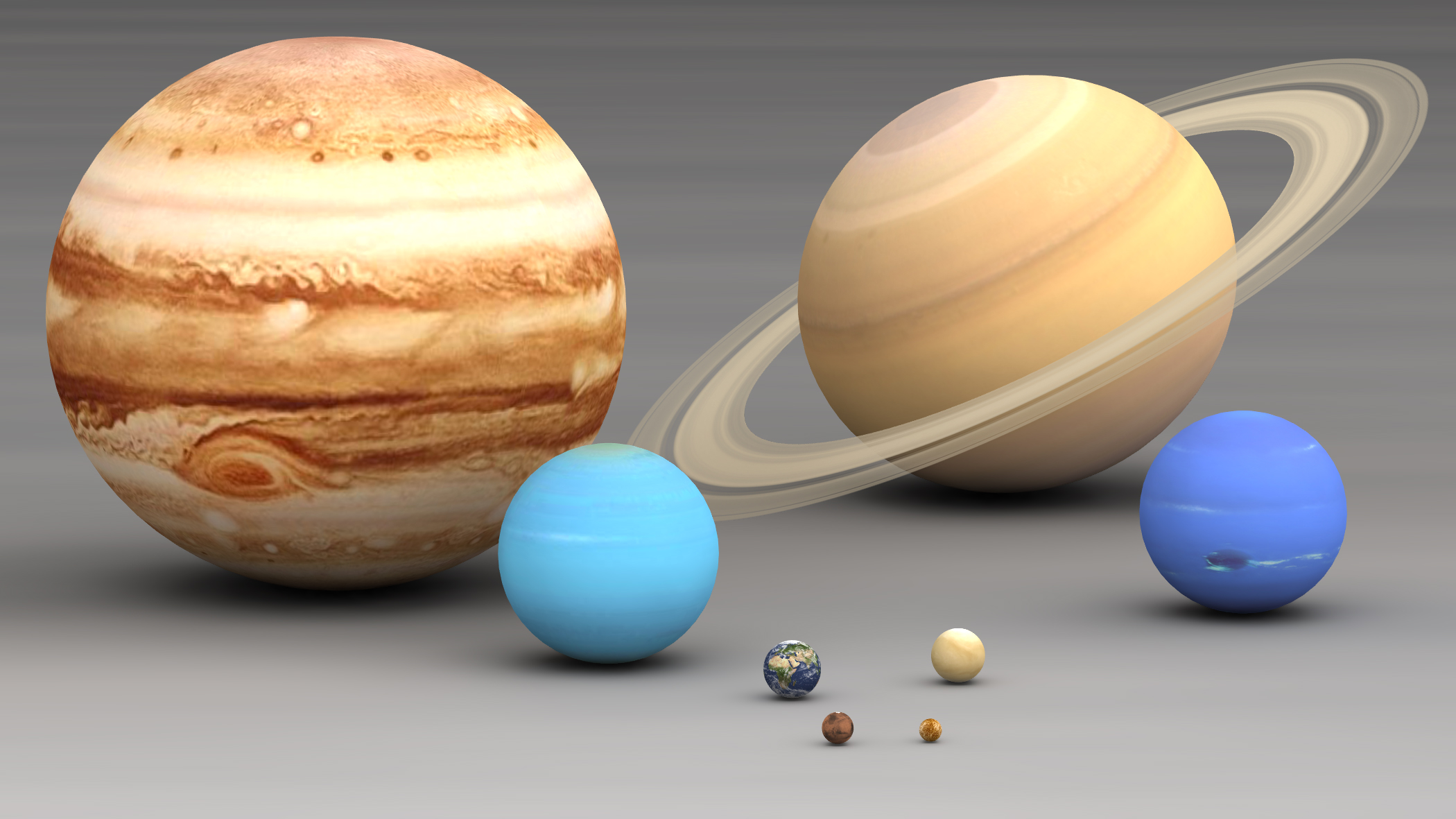Kids have known that the solar system comprises nine planets since the discovery of Pluto in 1930. Scientists began debating in late 1990s whether Pluto was, in fact, a planet. In 2006, the International Astronomical Union made the very contentious decision to label Pluto as a “dwarf planet,” decreasing the number of genuine planets in the solar system to only eight.
How many planets are there in our solar system? That’s a question that’s puzzled us humans since the dawn of time, at least as far as we know. In fact, even with all of our modern technology and scientific understanding, we still haven’t found every single planet in our solar system! That doesn’t mean you can’t get an idea of how many planets are out there though. You might be surprised by the sheer number of them!
After mathematical evidence of its existence was published on Jan. 20, 2016, astronomers are still looking for another probable planet in our solar system, an actual ninth planet. The mass of the mythical “Planet Nine,” also known as “Planet X,” is estimated to be ten times that of Earth and 5,000 times that of Pluto.
Mercury, Venus, Earth, Mars, Jupiter, Saturn, Uranus, Neptune, and the probable Planet Nine are in order in the solar system, starting closest to the sun and working outward.
The SOLAR SYSTEM’S MANY WORLDS ARE THE PLANETS.
Because their surfaces are rocky, the inner four planets closest to the sun — Mercury, Venus, Earth, and Mars — are referred to as “terrestrial planets.” Pluto has a rocky, albeit frozen, surface, but it has never been classified as one of the four terrestrial planets.
Because of their massive size compared to the terrestrial planets, the four massive outer worlds — Jupiter, Saturn, Uranus, and Neptune — are frequently referred to as the Jovian or “Jupiter-like” planets. According to astronomers, they’re also primarily formed of gases like hydrogen, helium, and ammonia rather than stony surfaces, though some or all of them may have solid cores. Jupiter and Saturn are known as gas giants, whereas Uranus and Neptune, further away, are known as ice giants. According to the Planetary Society, Uranus and Neptune have more atmospheric water and other ice-forming compounds, such as methane, hydrogen sulfide, and phosphene, solidifying into clouds in freezing planet environments. According to the US National Library of Medicine, methane crystallizes around 296 degrees Fahrenheit.
WHAT IS A PLANET (AND WHAT IT ISN’T)?
The International Astronomical Union defines an actual planet as a body that orbits the sun without being a satellite of another object, is massive enough to be rounded by gravitational pull, and has “cleared its neighbourhood” of most other circling bodies.
However, that narrow definition helped to distinguish between what should and should not be termed planets. As astronomers discovered more and more planet-like objects in the solar system, this dilemma arose. Pluto was one of the bodies that failed to pass the test and was reclassified as a dwarf planet.
Aside from its small size and unusual orbit, Pluto’s dilemma is that it doesn’t rid its area of debris – it shares its space with many other Kuiper Belt objects. Pluto’s demotion is still a contentious issue.
Other small, round worlds, including the Kuiper Belt objects Eris, Haumea, and Makemake, were also classified as dwarf planets by the IAU.
Ceres, a spherical asteroid in the Asteroid Belt between Mars and Jupiter, was also ejected. When Ceres was found in 1801, it was a planet, but it was eventually reclassified as an asteroid. It was more extensive (and rounder) than the other asteroids, but it didn’t quite fit. In 2006, scientists classified Ceres as a dwarf planet, while some astronomers believe it is a 10th planet (not confused with Nibiru or Planet X).
![]()
